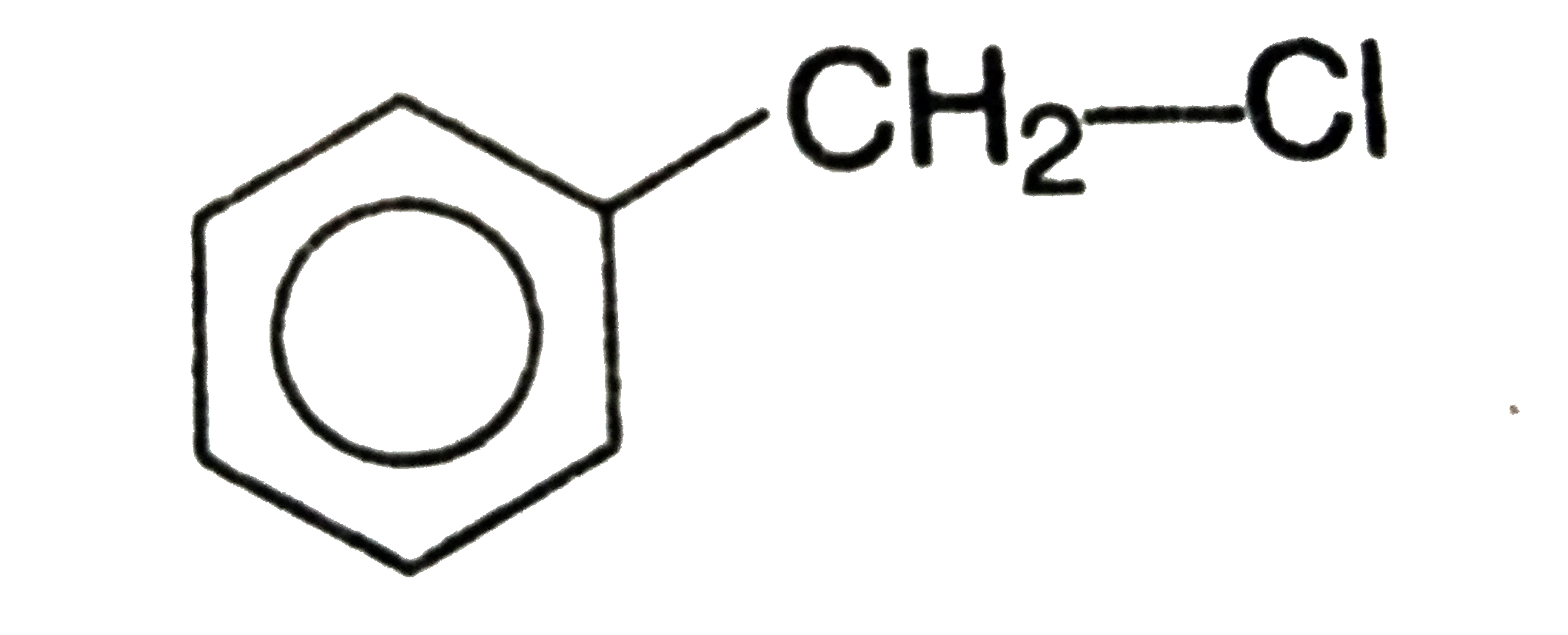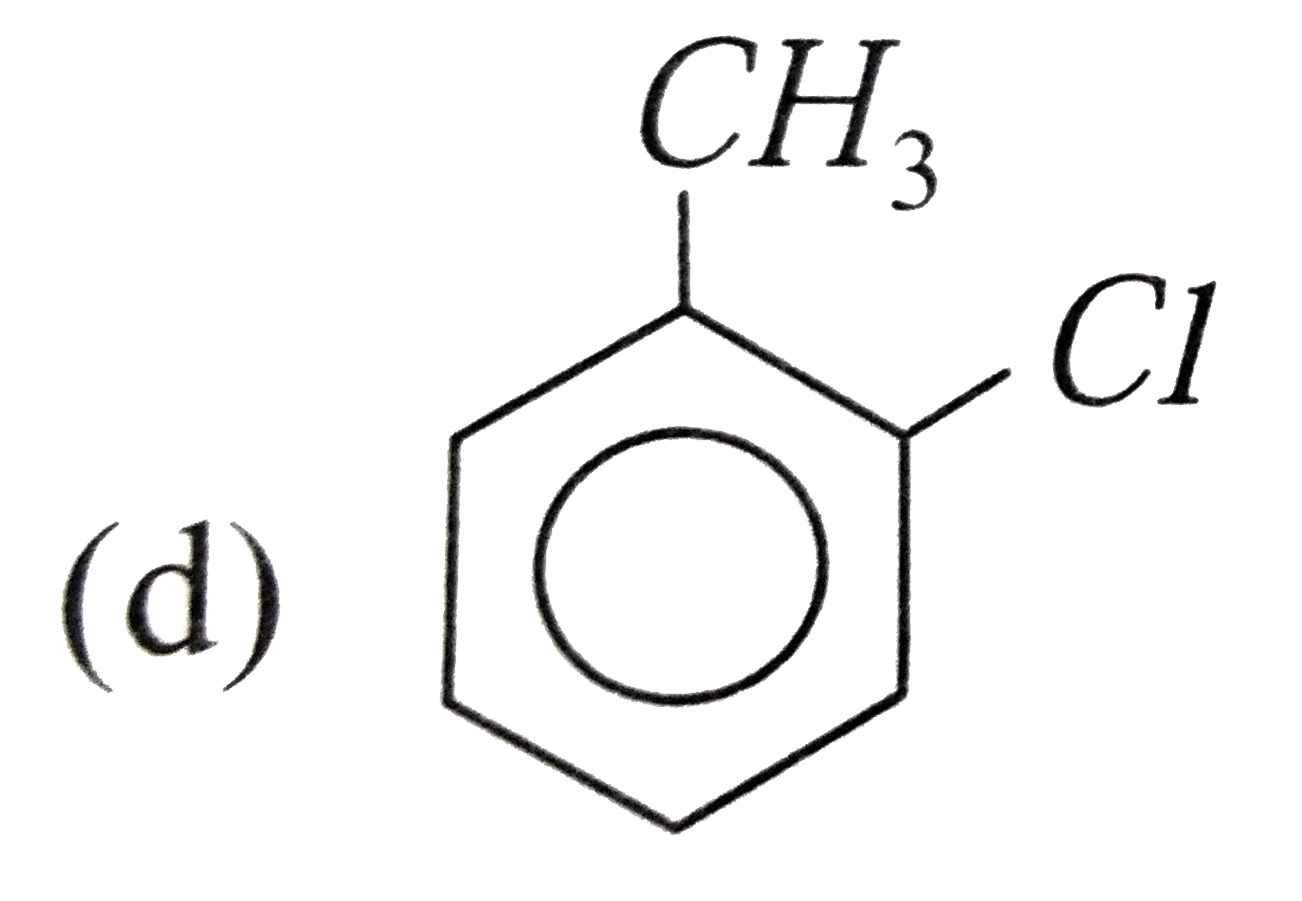An organic halide is shaken with aqueous NaOH followed by the addition of dil HNO3 and silver nit rate solution gave white ppt The substane can be .
C6H4(CH3)Br
C6H5CH2Cl
C6H5Cl
None of these
The correct Answer is:B
Step by step video & text solution for An organic halide is shaken with aqueous NaOH followed by the addition of dil HNO_(3) and silver nit rate solution gave white ppt The substane can be . by Chemistry experts to help you in doubts & scoring excellent marks in Class 12 exams.
Updated on:21/07/2023Similar Questions
Knowledge Check
Which of the following will give yellow precipitate on shaking with an aqueous solution of NaOH followed by the acidification with dil. HNO3 and addition of AgNO3 solution?
A B
B C
C D
D
Which of the following will give yellow precipitate on shaking with an aqueous NaOH followed by adification with dilute HNO3 and addition of AgNO3 solution.?
A B
B C
C DNone of these
DNone of theseWhich of the following will give yellow precipitate on shaking with an aqueous solution of NaOH followed by acidification with dil. HNO3 and addition of AgNO3 solution
A B
B C
C D
D
Which of the following will give yellow precipitateon shaking with an aqueous solution of NaOH followed by acidification with dil. HNO3 and addition of AgNO3 solution?
View SolutionWhich of the following will give yellow precipitateon shaking with an aqueous solution of NaOH followed by acidification with dil. HNO3 and addition of AgNO3 solution?
View SolutionLassaigne's extract of p−nitrochlorobenzene is acidified with dil. HNO3 and then treated with silver nitrate solution, the white precipitate formed is due to
View SolutionReagents that cannot be used to distinguish allyl bromide from n-propyl bromide are
I. Br2Cl4
II. shaking with an aqueous solution of AgNO3
III. boiling with aqueous KOH solution followed by acidification with dil. HNO3 and addition of AgNO3 solution
IV. fusion with Na followed by acidification with dilute HNO3 and addition of AgNO3 solution
Select the correct option
View SolutionWhich of the following ppt , is soluble dil , HNO3and NH3 solution ?
View Solution
